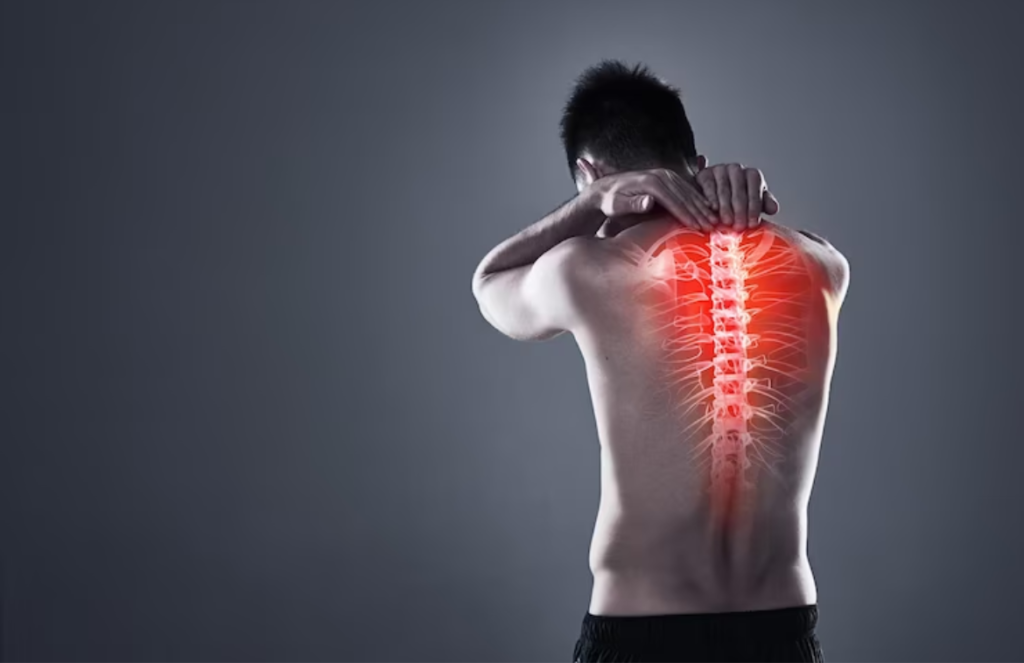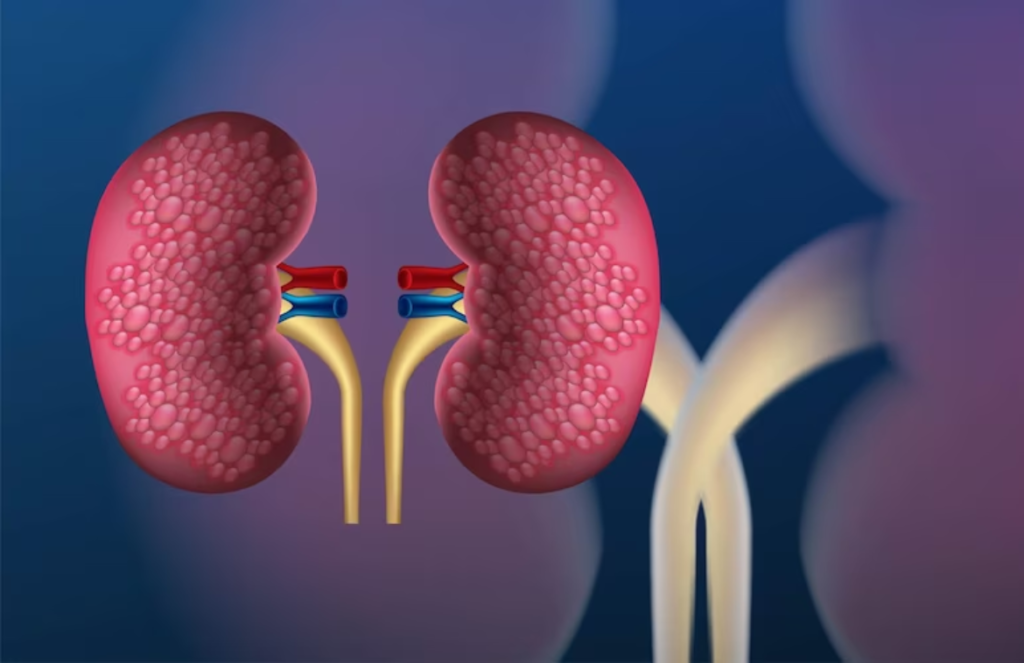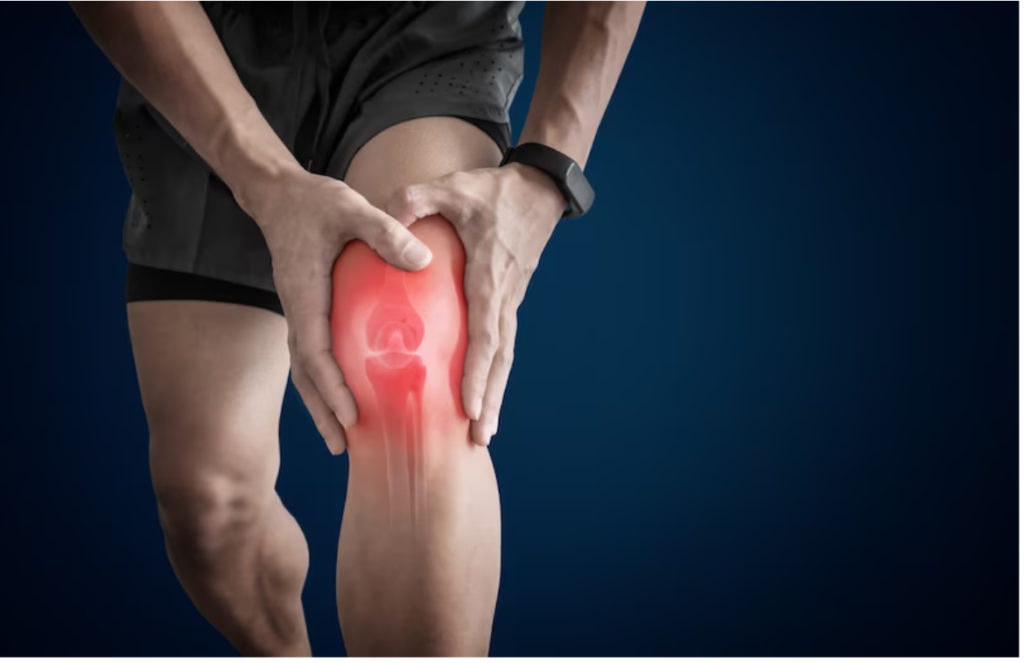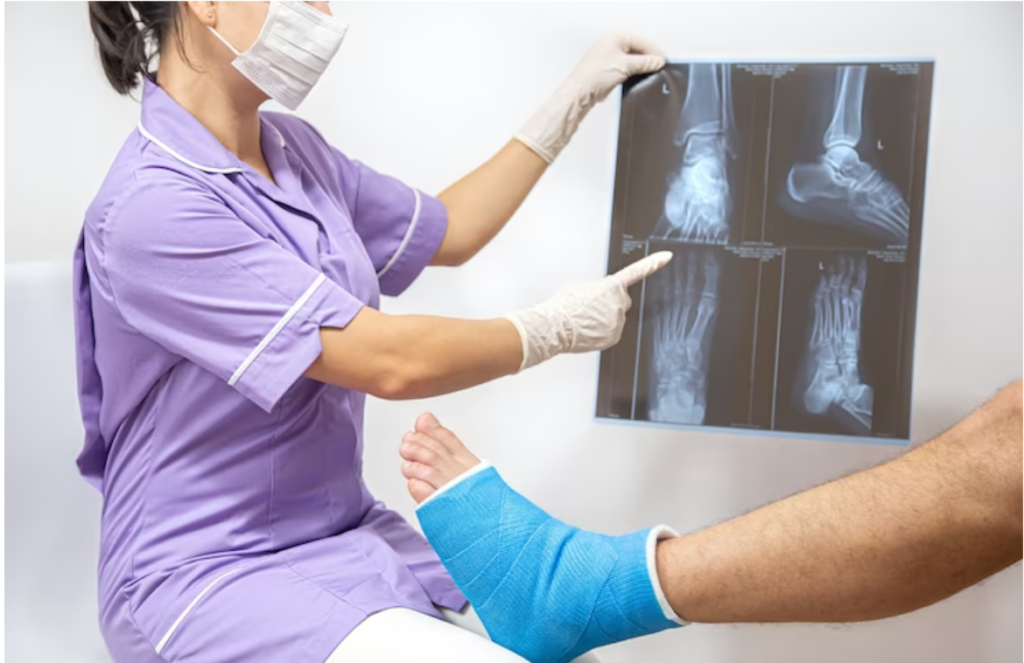Thumb arthritis can indeed be quite debilitating, especially since the affected person relies on his or her thumbs for countless daily tasks. Exploring a few treatment options for managing thumb arthritis is a good idea.
Thumb arthritis, also known as basal joint arthritis, is caused by the wearing away of one’s cartilage in the joint at the base of the thumb.
The basal joint does allow one’s thumb to move around to perform small motor tasks. Without plenty of cushioning cartilage, the joints do become rough and tend to grind over each other when the affected person moves, causing more joint damage. It can also be caused by an injury to one’s thumb.
Osteoarthritis in the thumb is a common form of arthritis that affects one’s hands. It can indeed affect the basal joint, which is the joint near the wrist, and also the fleshy part of the thumb. This joint normally allows a person to pinch, pivot, and swivel the thumb for hundreds of tasks every day.
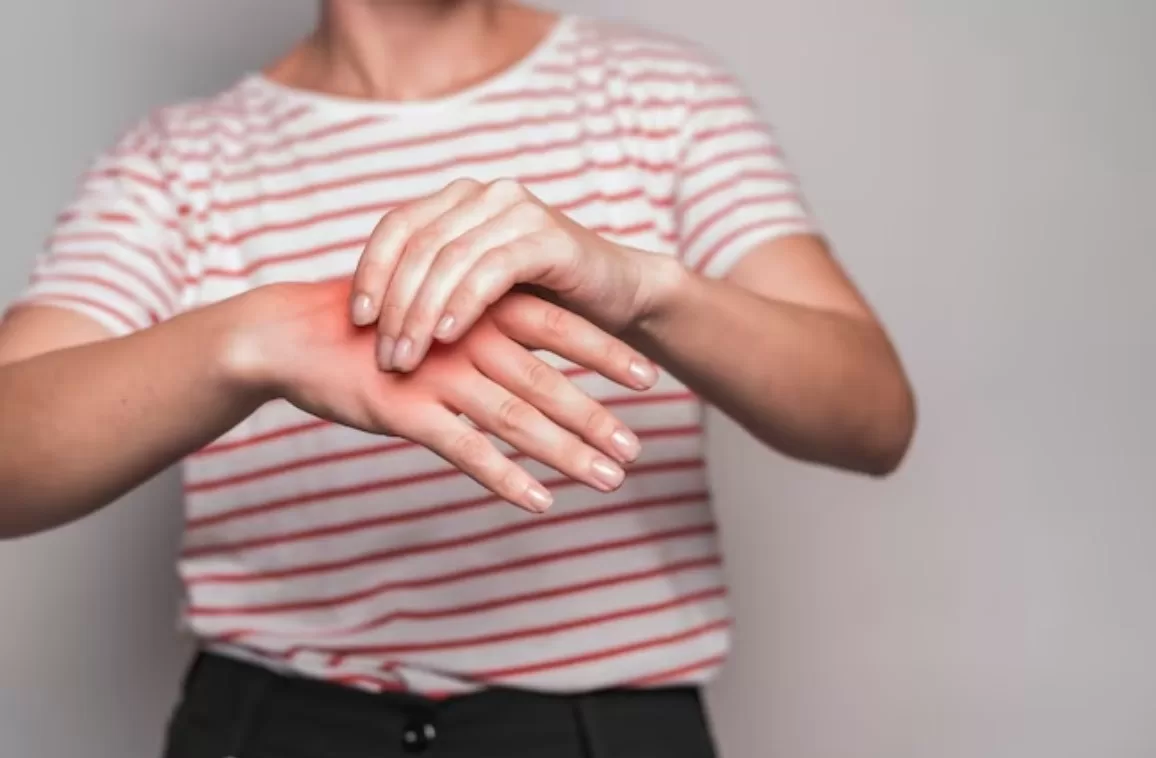
Among people with thumb arthritis, the cushion-like cartilage inside the joint breaks down over time and causes the bone to rub against the bone.
Symptoms
- Decreased grip strength.
- Decreased range of motion.
- Swelling and pain throughout your hand.
Arthritis is different for each person. There are a variety of treatments that may work for particular symptoms.
Initial treatment options are:
- Exercises.
- Applying ice.
- Medications.
- Splinting.
- Steroid injections.
If these methods do not relieve pain and improve function, the joint may require surgery.
- Consulting with one’s doctor to determine the best approach for one’s specific condition helps.
- Exercise for the thumbs. One’s doctor or physical therapist may recommend hand exercises. Simple exercises can no doubt include a thumb stretch, in which the person attempts to touch the tip of one’s thumb under one’s pinky finger.
- Medications are there for thumb arthritis.
- Medications are used for pain relief.
Prescription medications are available for arthritis that include cyclooxygenase-2 (COX-2) inhibitors such as celecoxib (Celebrex) and meloxicam (Mobic).
- Prescription medications for arthritis also include Tramadol (Ultram, ConZip).
When taken at high doses, these medications can have side effects like:
- Ringing in one’s ears (tinnitus).
- Cardiovascular problems.
- Liver and kidney damage.
- Gastrointestinal bleeding.
- Splints are meant to decrease pain.
The doctor or physical therapist can recommend a splint for one’s thumb, especially at night. A thumb splint can appear like a half-glove with reinforcing material inside. Wearing this splint does help.
- Encourage the correct position for one’s thumb.
- Rest the joint.
This sort of splint is sometimes called a “long opponent” or “thumb spica” splint. Splinting is quite often done continuously for 3–4 weeks.
- Surgical solutions.
- Trapeziectomy: One of one’s wrist bones is involved in the thumb joint, which is removed.
- Osteotomy: The bones in the person’s joint are moved and then aligned correctly. They can be trimmed to remove excess growth.
- Joint fusion: The bones in the joint are rather fused. This helps improve stability and also reduces pain. Yet, there is no longer flexibility in one’s joints, and one cannot perform certain tasks.
- Joint replacement: The joint is replaced with tendon grafts.
Conclusion
Though there is no cure for arthritis in one’s thumb, there are several simple treatments that can help relieve symptoms for several people. Consult a doctor or physical therapist about which treatments can facilitate better treatment.







